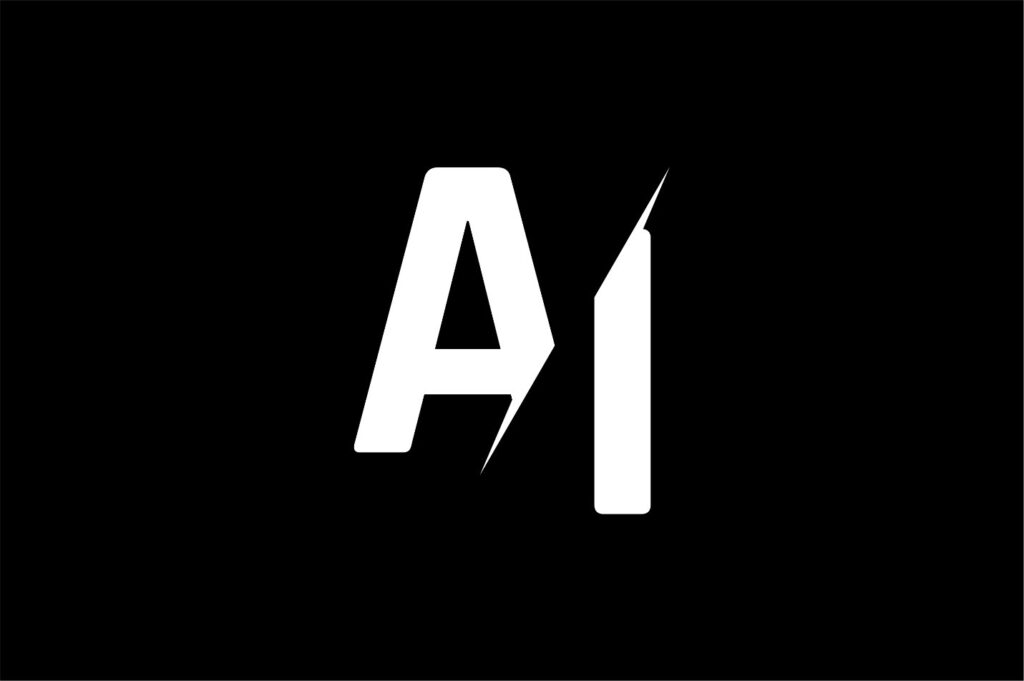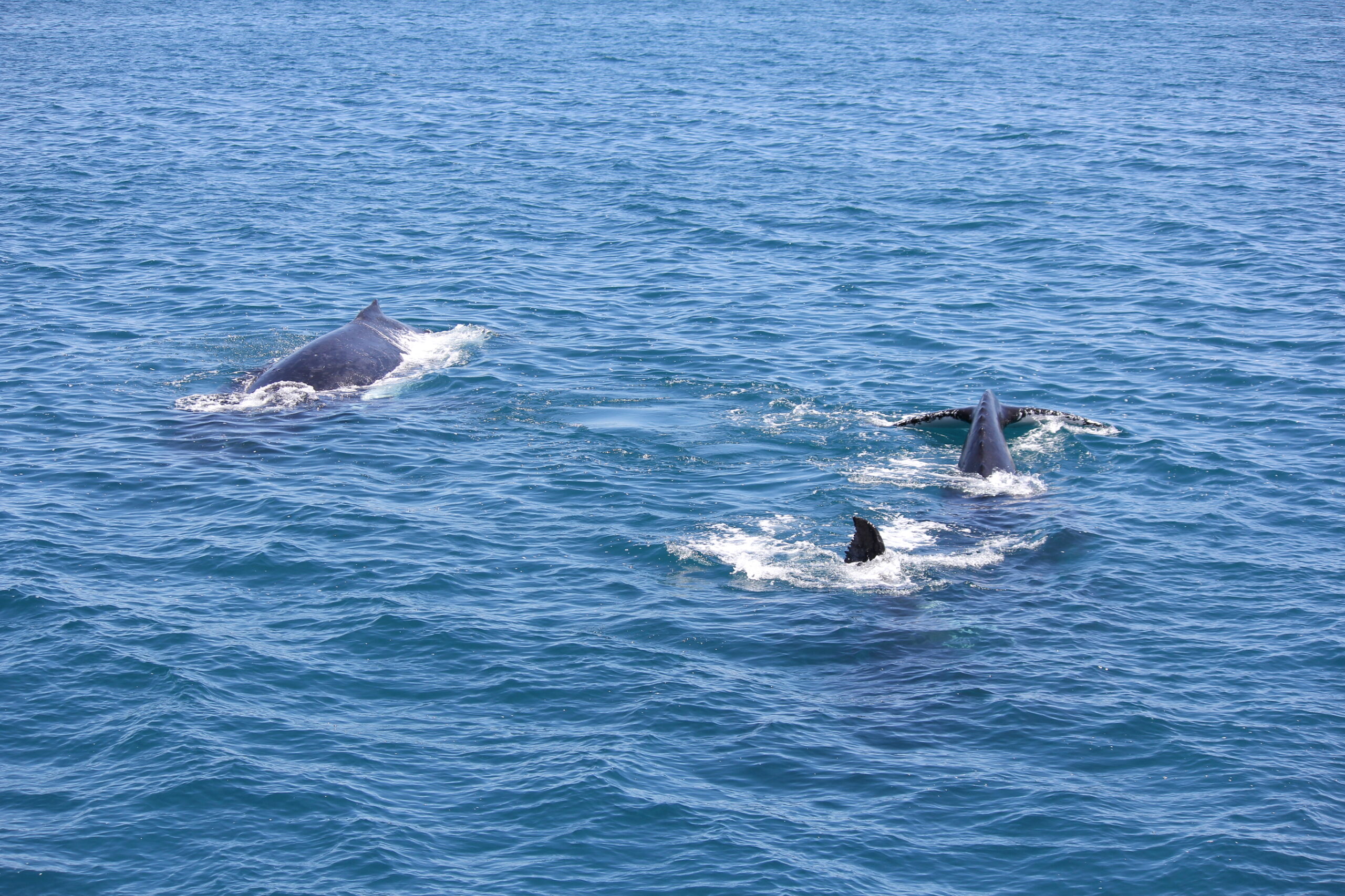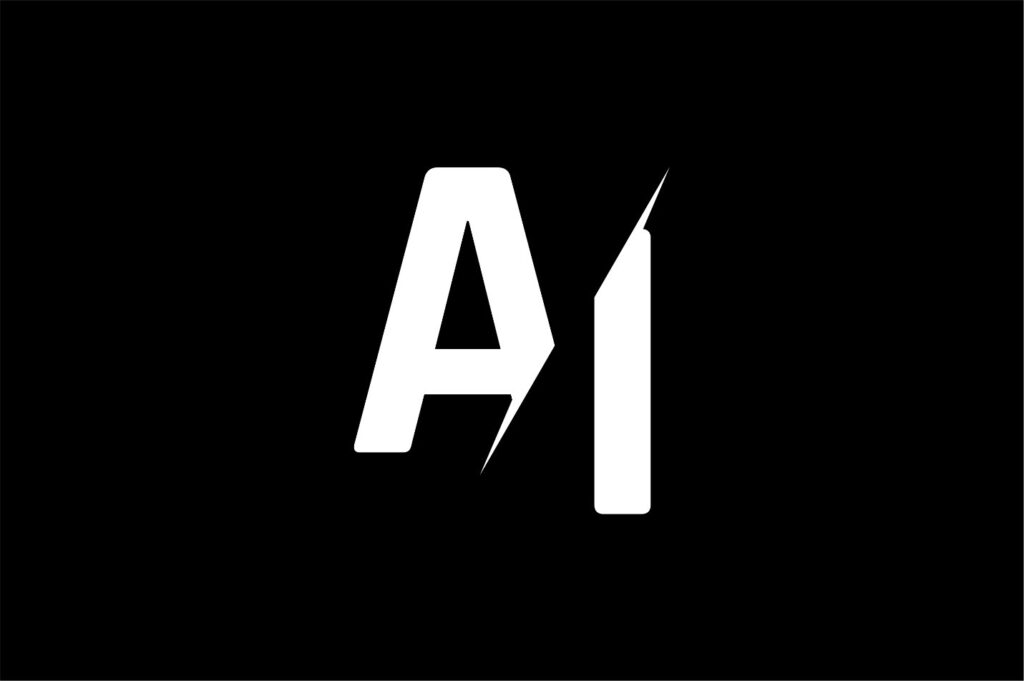A new AI tool predicts whale movements to help avoid ship strikes
Using AI, scientists at Rutgers University, The State University of New Jersey (in the United States) have been able to modify a tool used to help plan offshore wind energy projects to predict the movements of North American right whales. The highly endangered species frequently find themselves at odds from ships, fishing gear entanglements, and offshore construction projects.
By combining data from autonomous underwater gliders – robotic vehicles equipped with acoustic sensors to detect whales – and satellite information on oceanographic and physical conditions, using machine learning technologies, the program analyzed large data sets to reveal patterns and relationships. The more data the AI program collected, the better it was able to make adjustments and fine tune the predictions.
“The outcome of the machine-learning model is basically a prediction of where and when you will have a higher likelihood of encountering a marine mammal,” said Ahmed Aziz Ezzat, an assistant professor in the Department of Industrial and Systems Engineering at the School of Engineering at the university. Ezzat conducted the study along with Josh Kohut, a marine sciences professor and dean of research at the School of Environmental and Biological Sciences and lead author and contributor Jiaxiang Ji, a doctoral student in the School of Engineering.
Ezzat termed the results a “probability map,” offering detailed predictions of when and where right whales could be present around proposed offshore wind turbine arrays. Kohut added, “With this program, we’re correlating the position of a whale in the ocean with environmental conditions. This allows us to become much more informed on decision making about where the whales might be. We can predict the time and location that represents a higher probability for whales to be around. This will enable us to implement different mitigation strategies to protect them.”
The AI technology for predicting whale movements could have broad uses for ocean industries. “These tools are valuable and would solidly benefit anyone engaged in the blue economy – including fishing, shipping and developing alternative forms of energy sustainably,” according to Ezzat. “This approach can support a wise and environmentally responsible use of these waters so that we achieve our economic objectives, and at the same time make sure that we cause minimal to no harm to the environmental habitat of these creatures.

Top 3 Takeaways
- A new AI tool developed at Rutgers University will help protect the highly endangered North American right whale.
- Combining underwater gliders equipped with sensors using data from satellites about oceanographic and physical conditions reveals predictable patterns.
- The AI tool can be used across the blue economy to achieve economic objectives while minimizing harm to the whales’ environment.
Keywords: AI Today, AI, whales, marine life, Rutgers University








